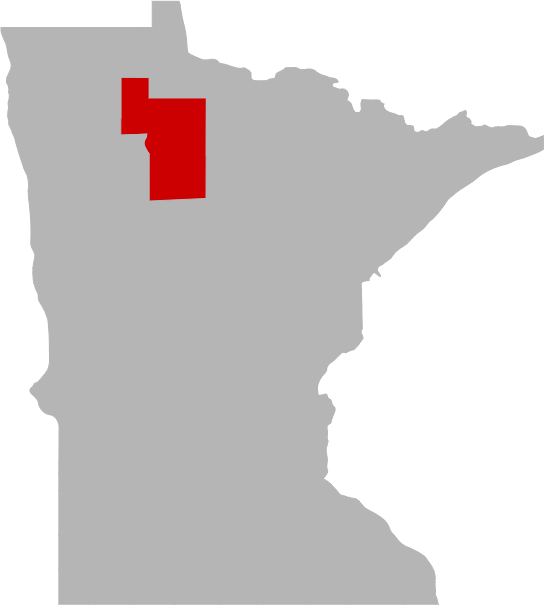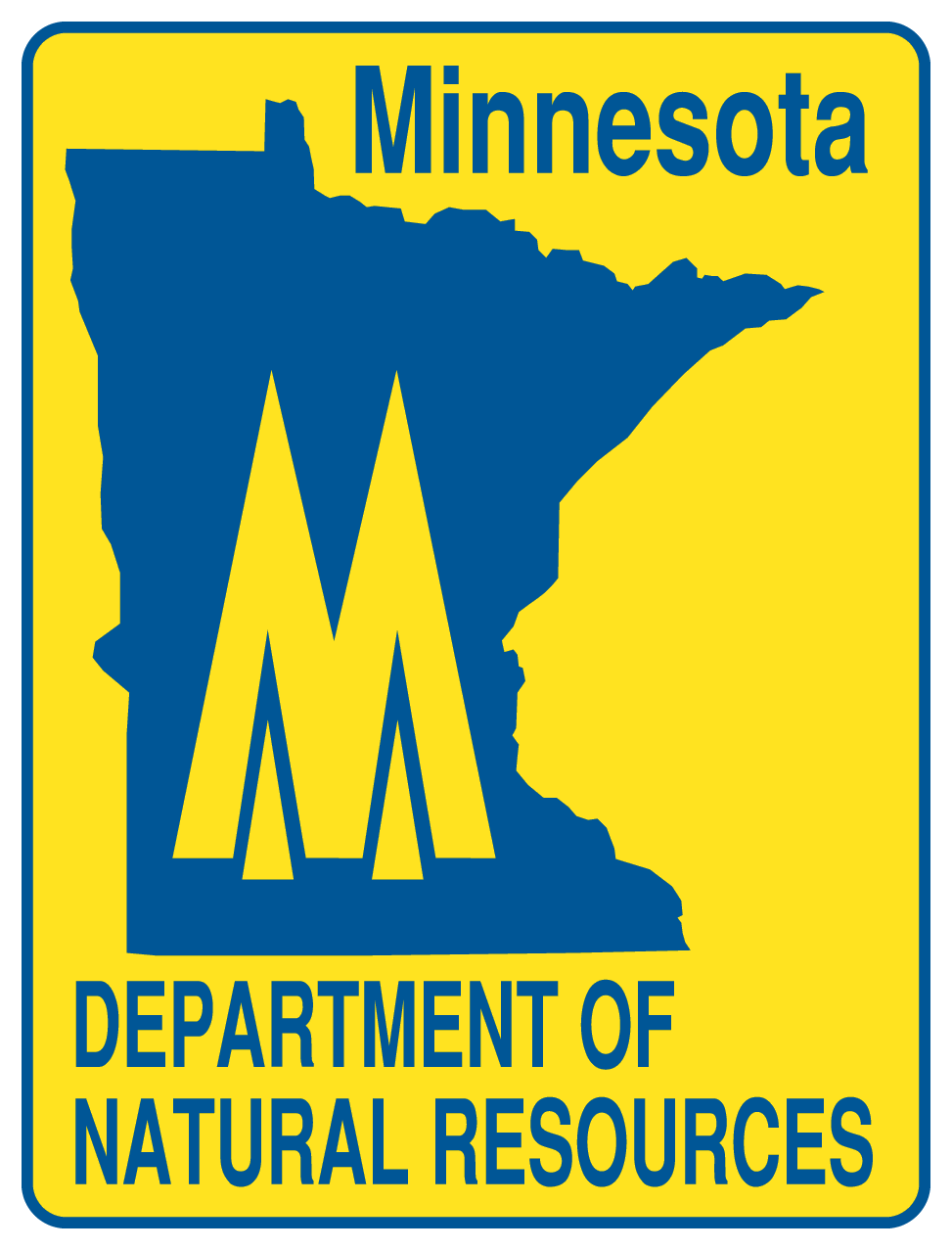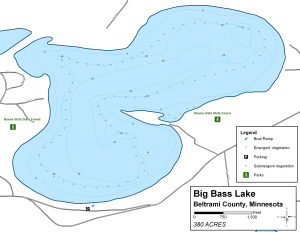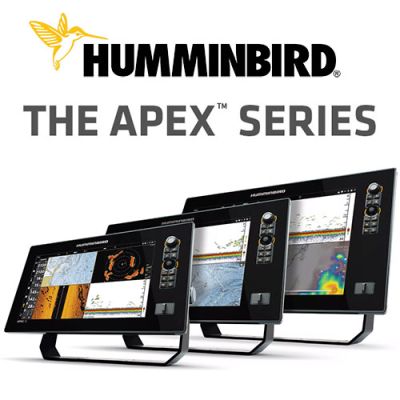moon phase
Sun times displayed in .
Today's Best Fishing Times
Get the best fishing times for Big Bass Lake with Lake-Link's Fishing Forecast. SEE MORE

Share your catch!
We want to see what you've caught on Big Bass Lake.Frequently Asked Questions About Big Bass Lake, MN
- How big is Big Bass Lake?
- How deep is Big Bass Lake?
- What kind of fish can you catch in Big Bass Lake?
- Are there places to stay in the Big Bass Lake area?
- Are there topographical lake maps available Big Bass Lake?
- Are there boat launches on Big Bass Lake?
- Are there places to eat and drink near Big Bass Lake?
- What are the fishing regulations for Big Bass Lake?
- What is the average air temp for Big Bass Lake?
How big is Big Bass Lake?
Big Bass Lake is approximately 380 sq acres (1.5 sq km) in size.
How deep is Big Bass Lake?
Big Bass Lake is approximately 17 feet (5.2 m) at its deepest point.
What kind of fish can you catch in Big Bass Lake?
Although thery may be others but anglers can expect to find a variety of fish including Bluegill, Largemouth Bass, Northern Pike and Walleye in Big Bass Lake.
Are there places to stay in the Big Bass Lake area?
Are you craving a weekend escape from the hustle and bustle of city life? Or maybe you're an avid angler in search of the perfect fishing spot? Look no further! Big Bass Lake and its surrounding area offer an abundance of options to suit your needs. If you're in need of accommodation, check out our area map which highlights some of the best places to stay. And if you're looking for even more options, head on over to our Travel section. But why settle for a traditional hotel or resort when you can take your adventure to the next level by renting a RV? The open road awaits you!
More Lodging Options
More Lodging Options
Are there topographical lake maps available Big Bass Lake?
We have an topograpical map for online viewing near the top of this page. Lake-Link Pro users can download an print a topograpical map of Big Bass Lake (.pdf format) along with 2,700 more lake maps. For more information on all the benefits of Lake-Link Pro click here.
Are there boat launches on Big Bass Lake?
We know of 1 public boat launch on Big Bass Lake. Please observe any specific lake regulations posted by the boat launch and please help keep the launch area free of litter.
Are there places to eat and drink near Big Bass Lake?
Yes, you can find numerous options in the area. Click the button below to see what's nearby.
What are the fishing regulations for Big Bass Lake?
 There are specific fishing regulations Big Bass Lake that you need to know. For complete fishing regulations visit the Minnesota Department of Natural Resources. To report a violation call (800) 652-9093. Need a Minnesota fishing license?
There are specific fishing regulations Big Bass Lake that you need to know. For complete fishing regulations visit the Minnesota Department of Natural Resources. To report a violation call (800) 652-9093. Need a Minnesota fishing license?
History & Status of the Fishery
Big Bass Lake is a 380-acre lake with a maximum depth of 17 feet. The size of the watershed that drains into the lake is 4,570 acres. The watershed is characterized by forests (54%) and water (lakes and wetlands - 27%). The lake is located six miles northeast of Bemidji in southern Beltrami County. There is a DNR public access on the south side of the lake off of Tall Pines Road. The Minnesota Department of Natural Resources has classified Minnesotas lakes into 43 different lake classes based on physical and chemical characteristics. Big Bass Lake is in lake class 35. Lakes in this lake class are typically small, irregularly shaped and with a high percentage of the lake area less than 15 feet deep. Other area lakes in the same lake class include Rabideau, Gull, Stump, Larson, Moose and Minnow Lakes. Big Bass Lake is managed for northern pike, bluegill, walleye, largemouth bass and black crappie. Big Bass Lake was sampled by the Minnesota Pollution Control Agency (MPCA) during the summer of 1995 as part of the Lake Assessment Program (LAP). The main objective of this program is to assist lake associations or municipalities in the collection and analysis of baseline water quality data in order to assess the tophic status of their lake in respect to nutrient input. The MPCA then made recommendations to maintain the water quality. There has been much development on the lake. In 1965 the first permanent home was built on the lake (MPCA LAP Big Bass Lake 1995). In the 1973 fisheries survey, 50 lake homes were counted. By 1997 this number had increased to 127. In the past there were some water level fluctuations in the lake because of blockage at the outlet to Lake Bemidji via Bass Creek. Water levels peaked in 1999. Modifications to the restricted outlet allowed water levels to recede. Presently water levels are approximately three feet lower than in 1999. Water level fluctuations of this magnitude can affect types and abundance of both emergent and submergent vegetation. Since aquatic vegetation is extremely important in providing habitat and affecting water quality, some species may still be adjusting to the changes. The 2002 bluegill abundance was the second highest recorded and was well above what you would typically find in lake class 35 lakes and what was found in Big Bass Lake in 1997. Along with this increase in abundance, there was a decrease in the size of bluegill. However, bluegill > 8 inches did not change much. If angling pressure is reducing quality, special regulations to limit harvest need to be considered. Natural reproduction is consistent with representation from the first eight year classes. Bluegill were also growing well. Fish that were four years old were 6.5 inches long. As was found in previous surveys, northern pike are abundant. In 2002, 25% of the sampled northern pike were greater than 24 inches in length. Eight different year classes were evident. New culverts at the outlet and additional modifications at other Bass Creek crossings are reducing impediments to movement of northern pike between Big Bass Lake and Lake Bemidji. This will provide access to additional high quality spawning areas in the connected wetlands between the lakes. Walleye is another species that anglers will have success catching. Walleye abundance is good, however, there has been a reduction in quality. The average length and weight in the 2002 assessment was 16 inches and 1.5 pounds as compared to 1997 averages of 18 inches and two pounds. Aging of the walleye sampled in 2002 indicates that 83% were from years when no stocking occurred. Natural reproduction and stocking are contributing walleye to the fisheries. Because of the increased development around the lake, it would be important to identify where walleye are spawning in order to protect these areas. Yellow perch is the primary forage fish for northern pike and walleye. In 2002 they were sampled at an abundance that was typical of other lake class 35 lakes. This was also the highest abundance found in any survey conducted on Big Bass Lake. Perch ranged in length from 5.0 to 9.2 inches with an average length of 6.2 inches. White sucker is also available as a forage fish especially for the larger-sized predators. They are abundant with most under ten inches long. A large sample of largemouth bass were captured ranging in length from 3 to 18 inches. Most of the bass were under eight inches long. Past high water levels could be favoring natural reproduction for bass. Anglers can help maintain or improve the quality of fishing by voluntary selective harvest. Selective harvest allows for the harvest of smaller fish for eating, but encourages release of larger sexually mature fish. Releasing larger fish will help improve the quality of fishing in the future. It will also help balance fish communities. Shoreline areas are important habitat for both fish and wildlife that live in or near our lakes. Overdeveloped shorelines degrade both the habitat and water quality that are associated with natural undeveloped lakes. The combined effects of all lakeshore owners "fixing up" their property can destroy a lakes valuable natural shorelines. A shoreline consists of many parts such as aquatic plants, woody debris and natural lake bottom soils. Shrubs, trees and woody debris such as fallen trees or limbs provide a good habitat both above and below the water and should be left in place. Natural lake bottom materials like silt or gravel is more ecologically productive than pure sand trucked in for a swimming beach. A tidy lawn and a sandy beach make great spots for sunbathing and swimming but do little to provide habitat for fish and wildlife. By leaving a buffer strip of natural vegetation along the shoreline, property owners can reduce erosion, help maintain water quality and provide habitat and travel corridors for wildlife. Only if more lakeshore owners manage their shoreline in a natural condition can fish and wildlife populations on Minnesota lakes remain healthy and abundant. More specific information on protecting
What is the average air temp for Big Bass Lake?
Looking forward to your next adventure at Big Bass Lake? Don't forget to plan ahead! Weather can be unpredictable, but we've got you covered. On average, air temperatures during this time of year range from a high around 50°F (10°C) to a low around 27°F (-3°C). Of course, these are just historical averages, so be prepared for anything Mother Nature throws your way. For the most up-to-date weather information, be sure to check out our Weather Bar located at the top of this page.
Big Bass Lake Reviews
Below is the word on street about Big Bass Lake.Have you been to Big Bass Lake? Why not share your personal reveiw with others?
Submit Review
dominick m.

Great bass and pike fishing. Some real pig largemouths in here as well as northern (mostly in the slot range but occasionally 30"+). Walleye are non existent, but solid pan fishing including some crappie. Dusk is probably optimum time for bass with top water and spinnerbaits working best along shore. Good water quality with some solid wood and weed coverage. Not very often you get the skunk on Big Bass.
Reviewed Jun 23, 2014
matt p.

great bass and pike fishing.
Reviewed May 26, 2006
More Nearby Lakes To Explore
There's more lake's to explore around Big Bass Lake...| DISTANCE | ACRES | MAX DEPTH |
DISCLAIMER: Lake-Link Inc assumes no responsibility or liability for any errors or omissions of the information for Big Bass Lake. Although we strive to provide the most accurate information as we can the information contained in this page is provided on an "as is" basis with no guarantees of completeness, accuracy, usefulness or timeliness.


 (2)
(2)

















